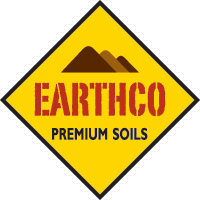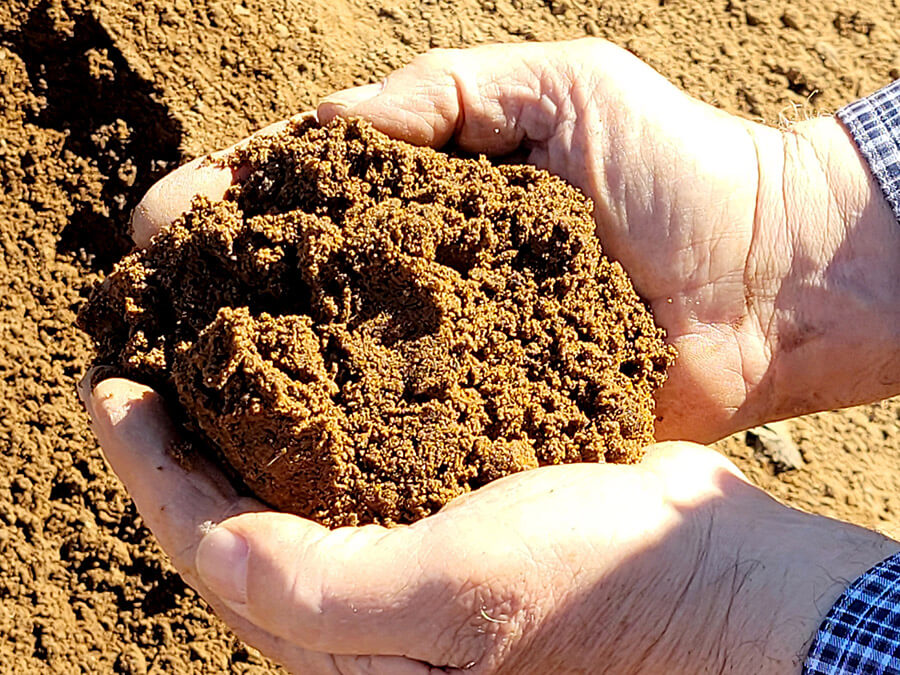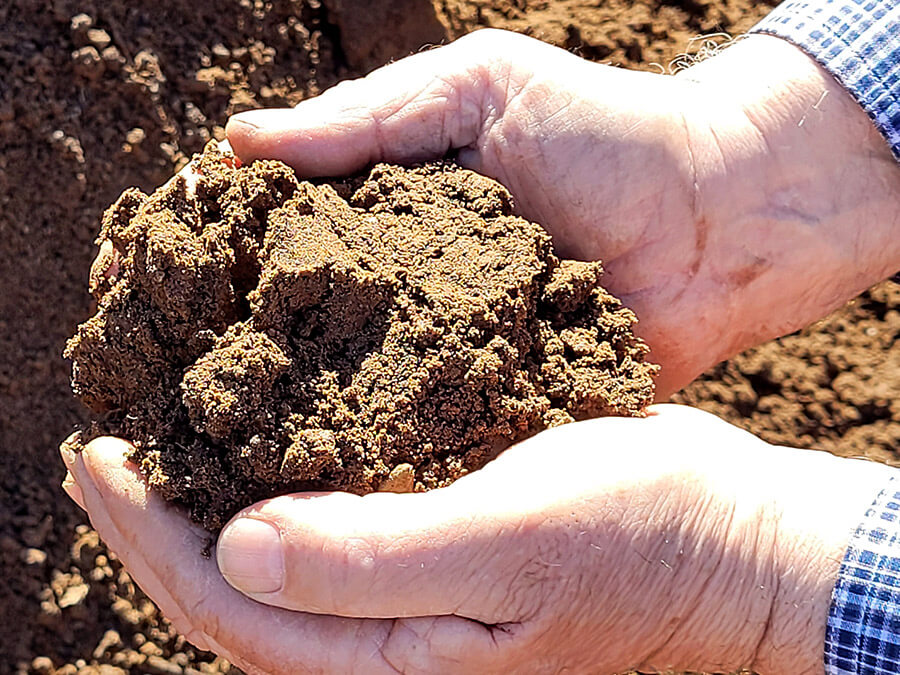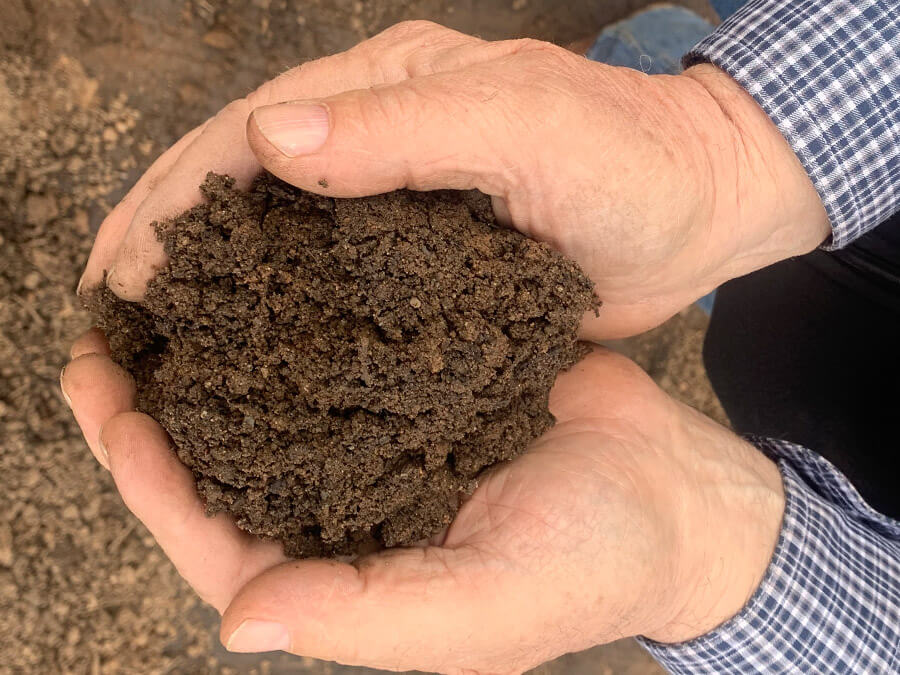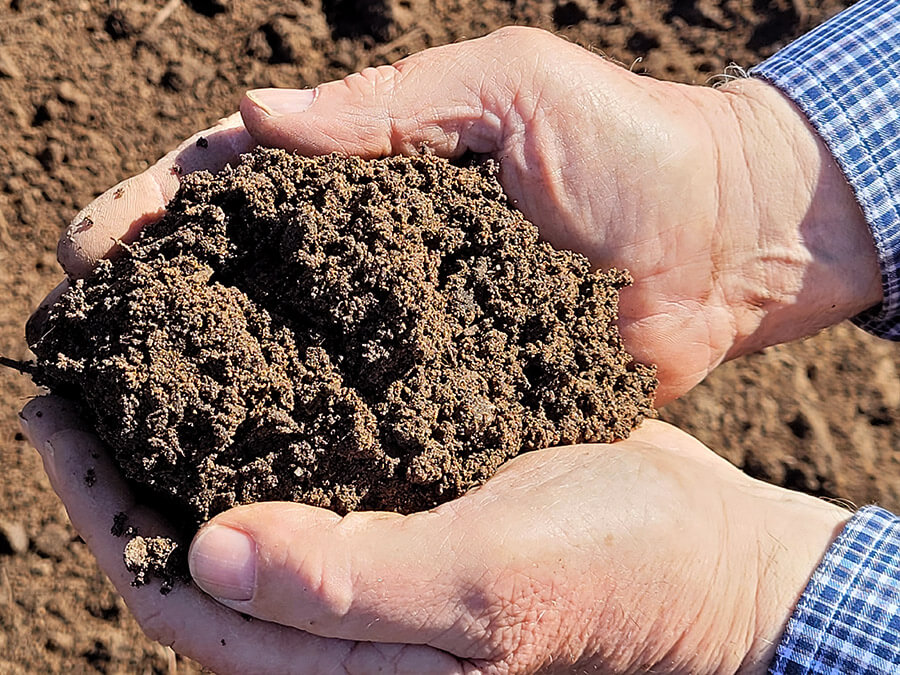For Superior Quality & Great Prices - Buy Direct
At EARTHCO We Manufacture & Process What We Sell
(Except for winter road salt)
SOIL TYPES & APPLICATIONS
- Commercial Quality Lawn Soil:
- Used primarily by landscapers when laying sod on new lawns. This lawn soil contains 25% organic by volume. We call this soil "Sod Quality" as we also make a seed quality lawn soil which contains 35% organic by volume. We sometimes make it with natural topsoil.
- We do not recommend "Commercial Quality Lawn Soil" for seeding because of the lower organic content.
- Premium Seed Quality Lawn Soil:
- Our premium seed quality lawn soils contain 35% organic content by volume (50% more organic content than our commercial quality topsoil).
- Our Premium Seed Quality lawn soil has been a preferred soil mix for those who recognize the importance of organic content particularly when using seed as opposed to sod when landscaping their property.
- Commercial Quality Garden Soil:
- Used primarily for flower gardens by landscape contractors, this garden soil has 45% organic content by volume.
- We do not recommend commercial quality garden soil for vegetable gardens because of its lower organic content.
- Premium Quality Triple Mix Garden Soil:
- A must for Community Gardens and preferred by most home gardeners for vegetable gardens, our Triple Mix Garden Soil is made with blueberry compost and has a minimum of 70% organic content by volume. Compared to Commercial Quality Garden Soil, the extra 50% organic content in our Triple Mix Garden Soil gives a significant organic boost to plant growth.
- Soil Mixes for Lawn Maintenance:
- Top Dressing:
- We recommend 100% leaf compost where the topsoil is a minimum 4 inches and where the grass plants need an organic boost. Cut the lawn a bit shorter than normal in the spring of the year and add ½ inch to 1 inch of compost. Water after applying to move the compost closer to the soil and to assist with the nutrient transfer. Aerating the lawn may be considered periodically.
- Lawn reconstruction due to insufficient lawn soil depth or poor-quality lawn soil.
- Symptoms – the lawn soil becomes very hard in the summer; grass plants are stressed, and weeds tend to be a problem.
- There are primarily two options. Strip the existing soil and replace with good quality lawn soil and re-seed or sod the lawn. This does not guarantee you will eliminate all the weeds. Weed roots tend to go deep into the soil.
- Alternatively, if the grades around your home permit you can add good quality lawn soil and re-seed or sod the lawn.
- We recommend 40% leaf compost and 60% sand. Avoid manures and composts that have been dormant for more than a year as they generally contain weed seeds. To begin the lawn reconstruction, we recommend cutting the lawn a bit shorter than normal in the spring of the year, and then aerate the surface to create lots of plug holes. Rake the aerated plugs off the lawn and put them where they can be composted for future use. Apply the 40 – 60 compost sand mix from ½ inch to 1 inch depth. When finished water the lawn to permit the sand to work its way into the plug holes. The existing grass will grow up through the new soil layer. This can be done over a period of a few years until you have the desired lawn. This process will help loosen the soil and permit water to reach lower in the soil.
- Alternatively, if you increase the soil depth between 2 or 4 inches you can re-seed or sod the lawn. Before seeding add a starter fertilizer and then overseed the area. We always recommend you purchase twice the amount of lawn seed which will enable you to re-seed areas that may become washed out or require more grass seed and do a touch-up in approximately 6 months.
